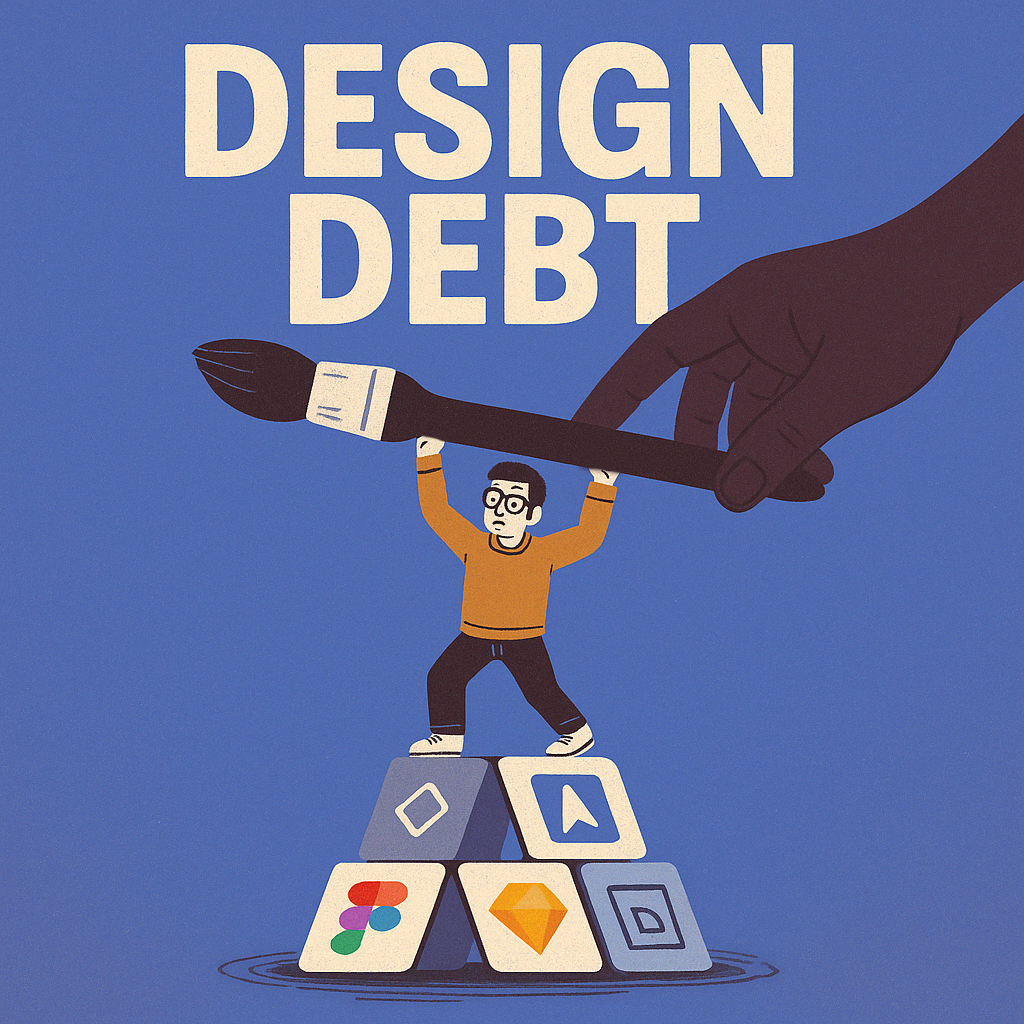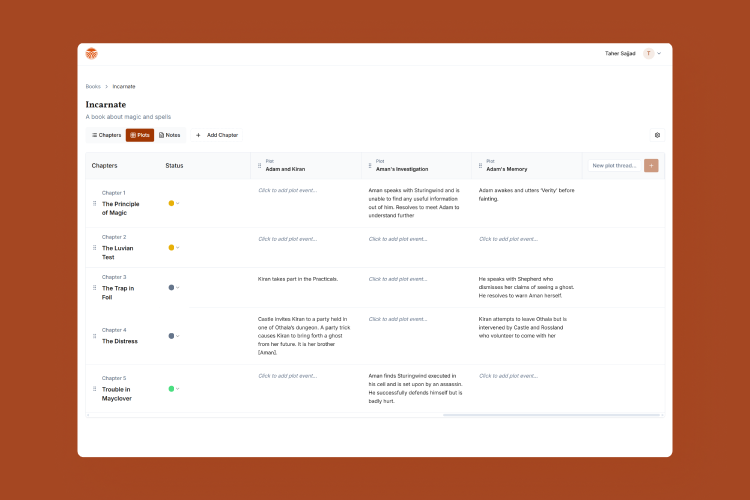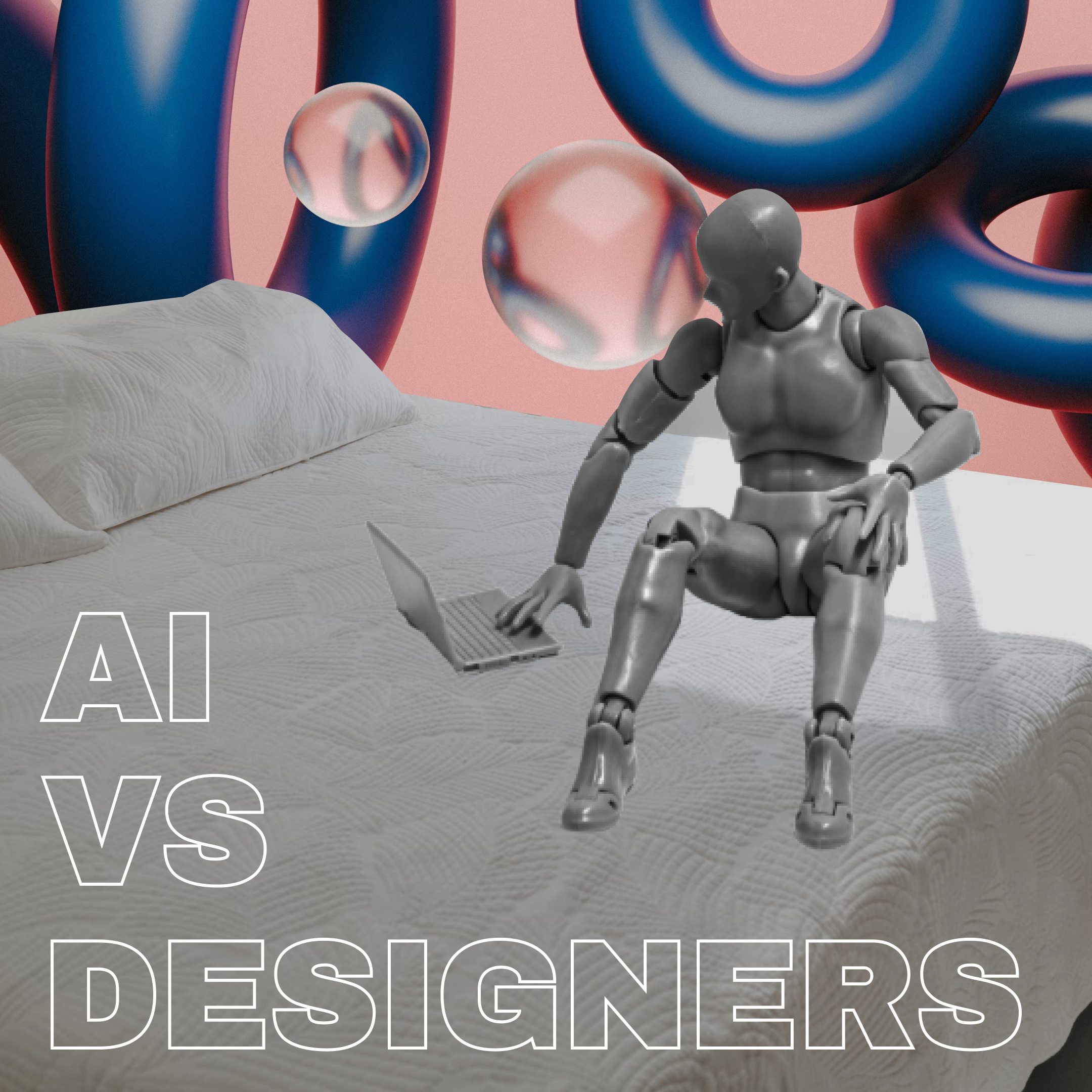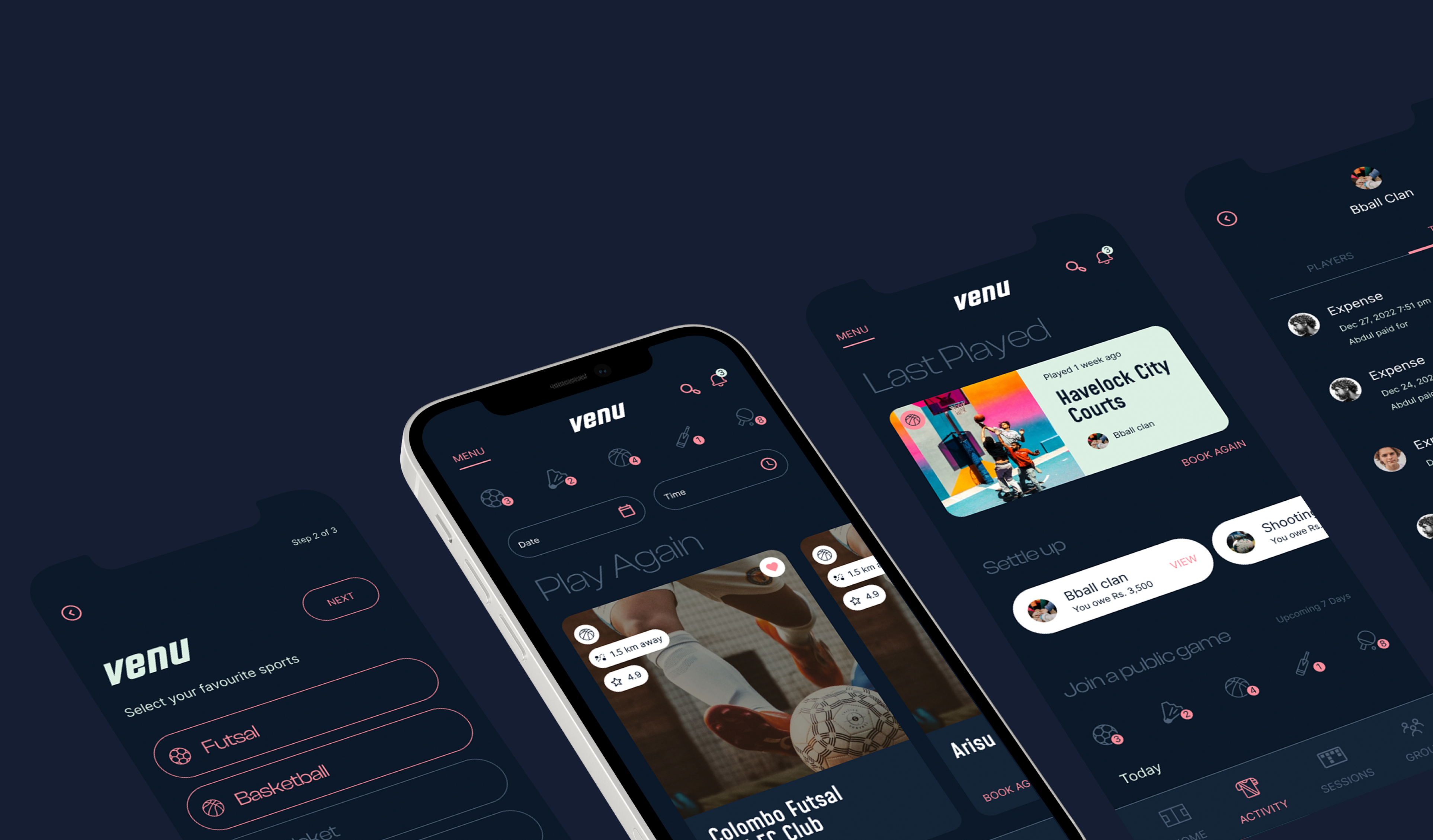Learn how to define, create, and understand the importance of a Minimum Viable Product (MVP) for startups and SMEs. Discover actionable steps to streamline your idea, validate it with early users, and attract investors. With insights from our worksho
Design Debt: What It Is, Why It Happens, and How to Fix It

The Hidden Problem of Design Debt
Design debt is the UX/UI equivalent of technical debt. It happens when a product’s design becomes inconsistent, messy, or difficult to scale due to rushed decisions, lack of documentation, or growing complexity.
At first, these small inconsistencies go unnoticed. But over time, they create a fractured user experience, increase development time, and frustrate both users and teams.
How can you prevent and fix design debt before it becomes a major problem? Let’s dive in.
"Design debt, like technical debt, accumulates silently—until one day, it slows everything down." – Unknown
What Causes Design Debt?
🚧 1. Rushed MVPs & Short-Term Thinking
- Many startups prioritize speed over consistency when launching an MVP.
- Solution: Even in early stages, define basic design guidelines to avoid unnecessary complexity later.
🚧 2. No Design System or Documentation
- Without a structured design system, teams reinvent UI components every time, leading to inconsistencies.
- Solution: Use design systems like Figma libraries, Style Guides, or Design Tokens to ensure consistency.
🚧 3. Inconsistent Collaboration Between Designers & Developers
- Designers create new components without checking existing ones.
- Developers build without referencing original designs.
- Solution: Maintain an open feedback loop between design and development teams.
🚧 4. Scaling Without a UX Strategy
- As products grow and add features, without proper UX structure, the experience becomes cluttered and unmanageable.
- Solution: Plan for scalability from the start.
How We Do It at Tandm Studio
At Tandm Studio, we help businesses prevent and clean up design debt by:
✅ Creating Scalable Design Systems – A centralized UI/UX framework ensures consistency.
✅ Modular Component Design – We build reusable design blocks for efficiency.
✅ Regular Design Audits – Identifying inconsistencies and aligning teams.
✅ Cross-Functional Collaboration – Designers & developers work together to ensure seamless execution.
🚀 The result? A product that’s easier to scale, maintain, and improve.
How to Fix Design Debt in Your Product
✅ Audit your UI/UX – Identify inconsistencies in colors, typography, button styles, and layouts.
✅ Create or Refine a Design System – Define a centralized style guide for all teams to follow.
✅ Prioritize UX Cleanup – Allocate time in sprints to fix UI/UX inconsistencies.
✅ Align Designers & Developers – Ensure both teams follow a single source of truth.
Design Debt Is Inevitable, But Fixable
Every product accumulates some level of design debt—the key is how quickly you identify and address it.
📩 Want to eliminate design debt and streamline your product? Let’s talk!








